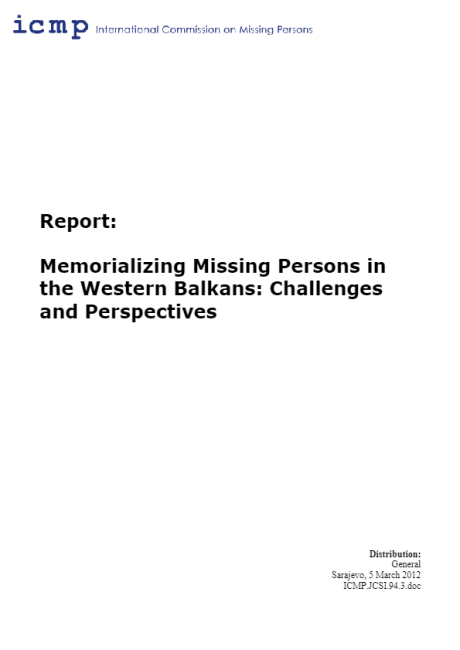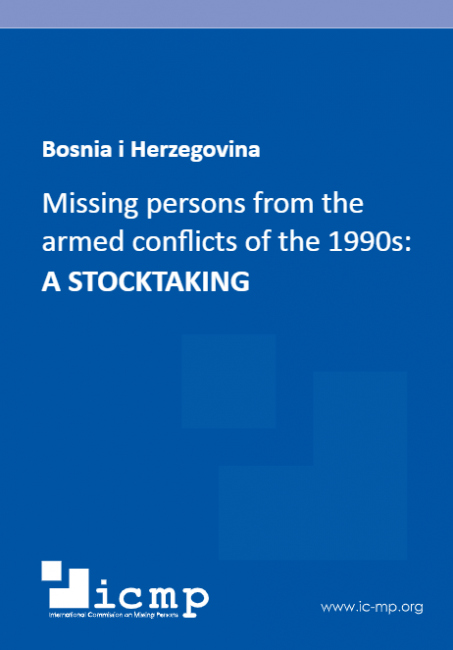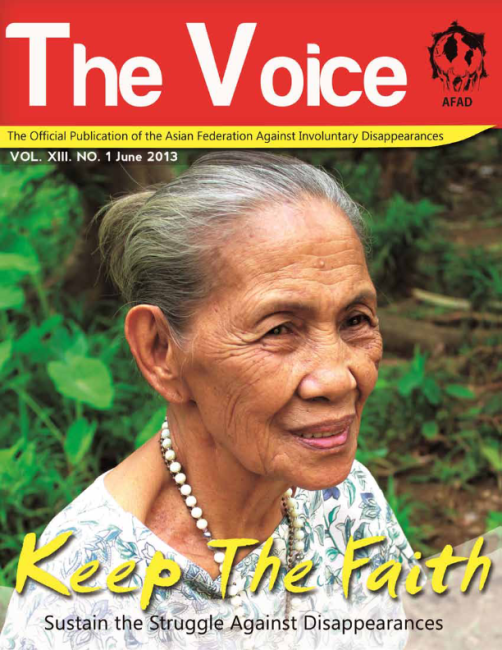Journal
Mobilising the dead? The place of bones and corpses in the commemoration of the Tutsi genocide in Rwanda
Human Remains and Violence, Volume 1, No. 2 (2015), pp. 56-70
Author
Rémi Korman
Publication Year
2015
Region
Africa
Thematic Area
Forensics
Topic
Management of the Dead
/
Memorialization
/
Reconciliation
Access
Open access
Representations of Rwanda have been shaped by the display of bodies and bones at Tutsi genocide memorial sites. This phenomenon is most often only studied from the perspective of moral dimensions. This article aims in contrast to cover the issues related to the treatment of human remains in Rwanda for commemorative purposes from a historical perspective. To this end, it is based on the archives of the commissions in charge of genocide memory in Rwanda, as well as interviews with key memorial actors. This study shows the evolution of memorial practices since 1994 and the hypermateriality of bodies in their use as symbols, as well as their demobilisation for the purposes of reconciliation policies.
Share






